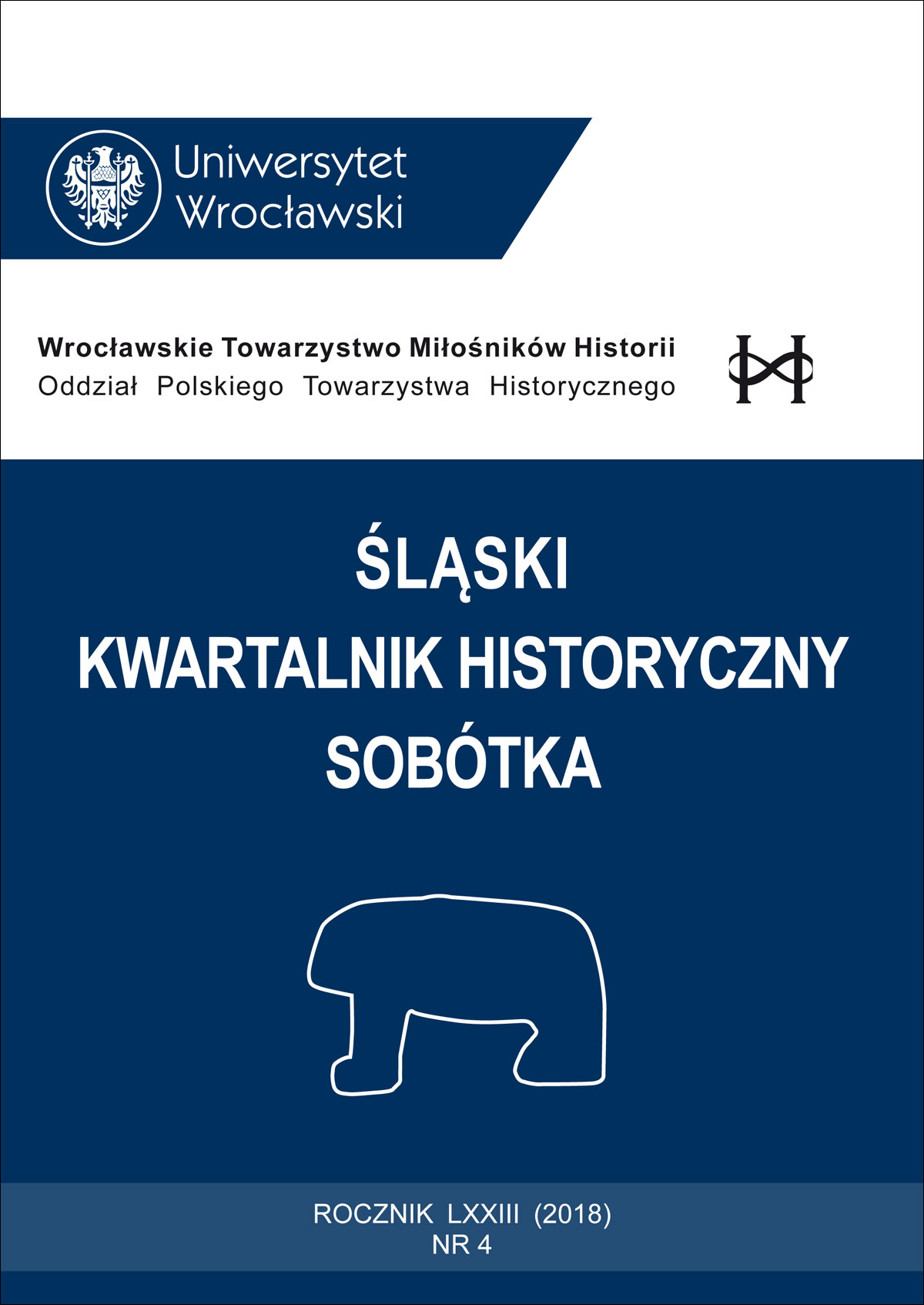Reemigracja polskich górników z Rumunii na Górny Śląsk po II wojnie światowej
Re-emmigration of Polish miners from Romania to Upper Silesia after World War II
Author(s): Krzysztof NowakSubject(s): Economic history, WW II and following years (1940 - 1949)
Published by: Wydawnictwo Uniwersytetu Wrocławskiego
Keywords: Lupeni; re-emmigration of Polish miners after 1945; Polish minority in Romania
Summary/Abstract: In the mass migrations that took place after World War II, we can also include the Poles who emigrated from Galicia to Lupeni in Transylvania in the 19th century and sought to return to Poland. They worked as miners. The Polish government was interested in bringing as many Polish miners from abroad as possible (from France, Belgium and Germany) because of economic needs. The Polish authorities were also interested in a mining colony of nearly 1,000 residents in Lupeni, and from 1946 sought to bring them to Upper Silesia. The Romanian authorities were opposed for many months because they were afraid of economic losses. The Polish government was also forced to conduct difficult negotiations on the export of assets of all Polish returnees and the transfer of their finances to Poland. Finally, in 1947–1948, over 600 Poles from Lupeni came to Poland in two transports. They settled in Kędzierzyn and worked in the mines of Upper Silesia. About 200 Poles remained in Lupeni, where they assimilated. Those who settled in Kędzierzyn integrated with the local population and their history was forgotten.
Journal: Śląski Kwartalnik Historyczny Sobótka
- Issue Year: 73/2018
- Issue No: 4
- Page Range: 77-102
- Page Count: 26
- Language: Polish

